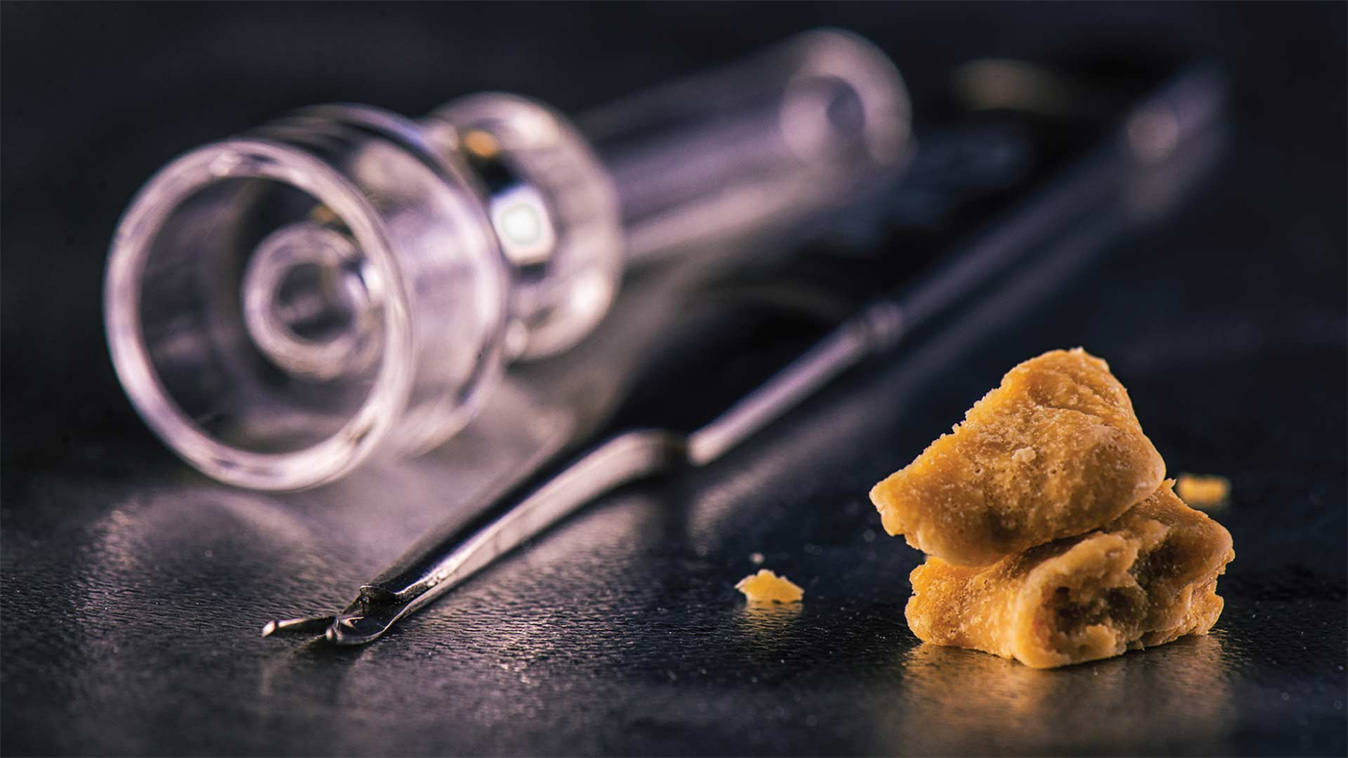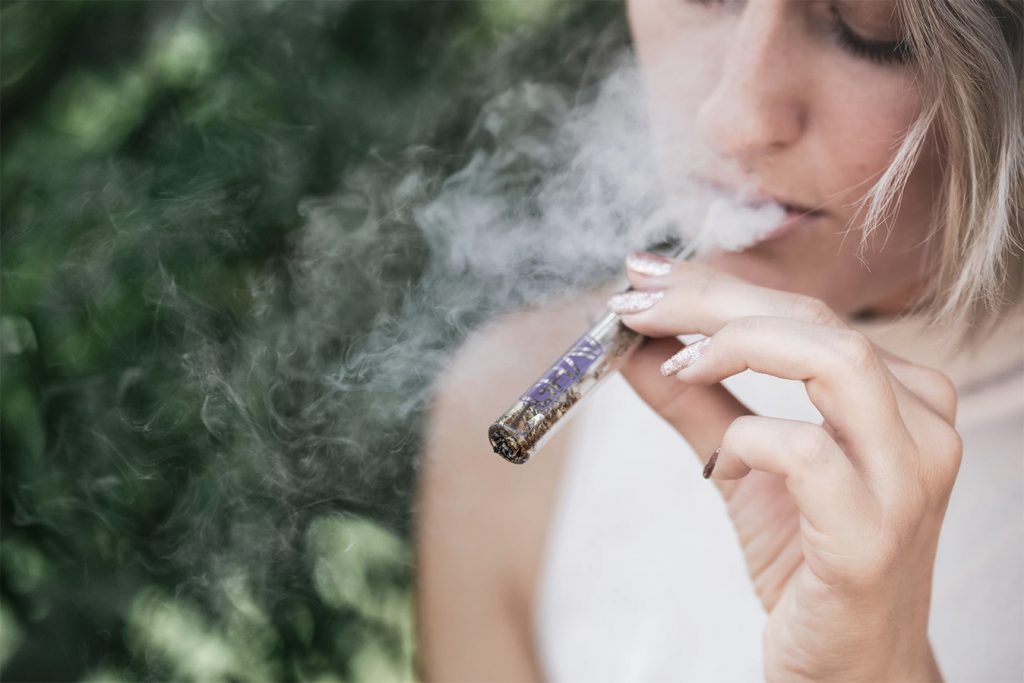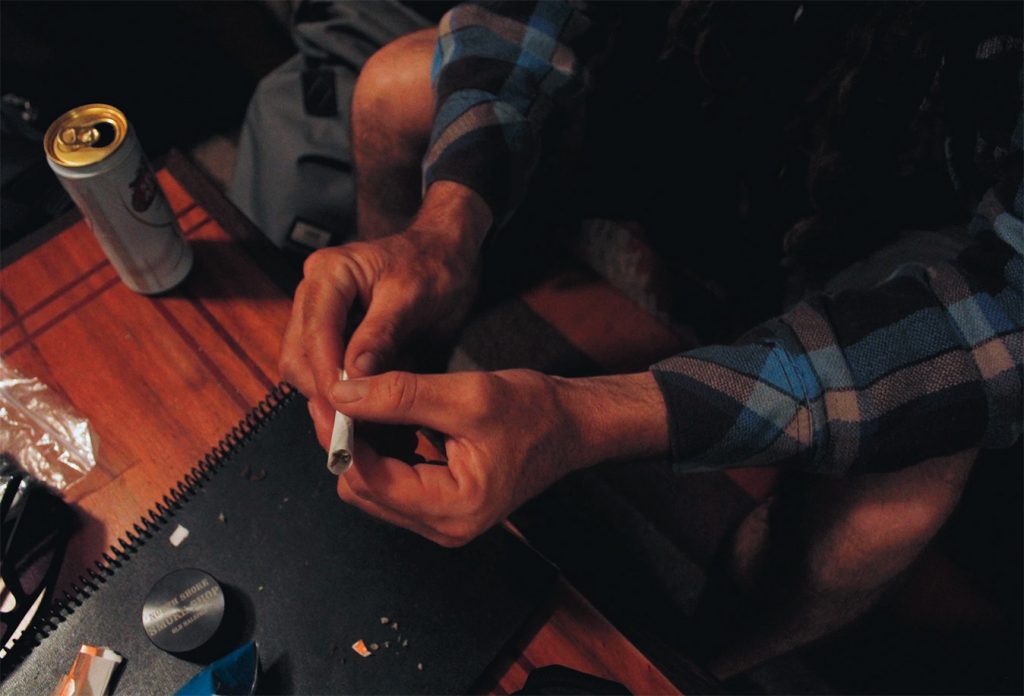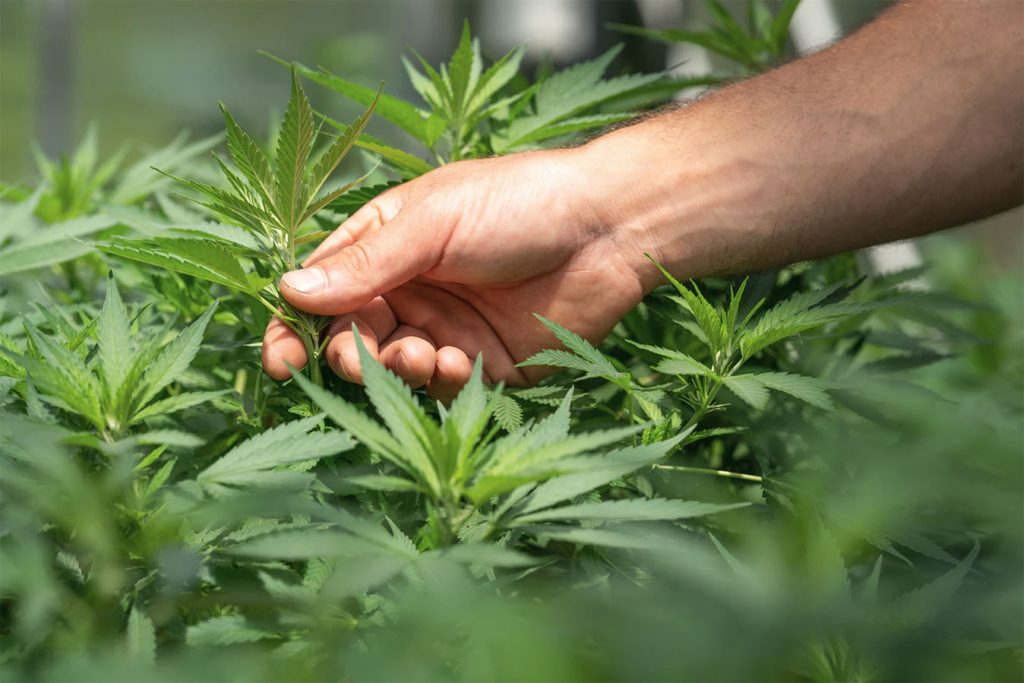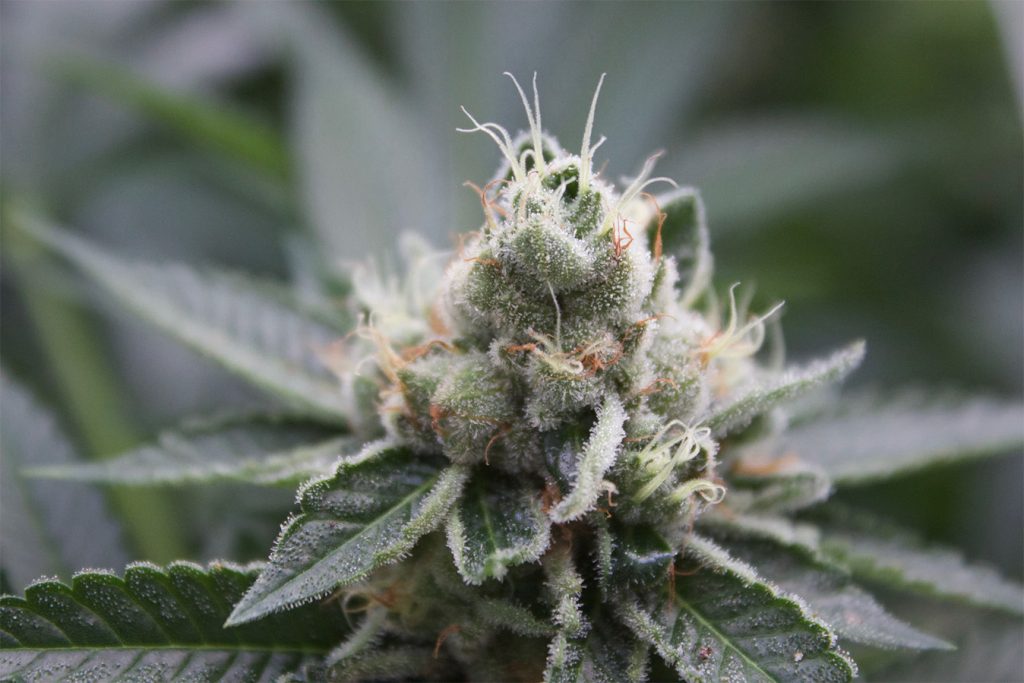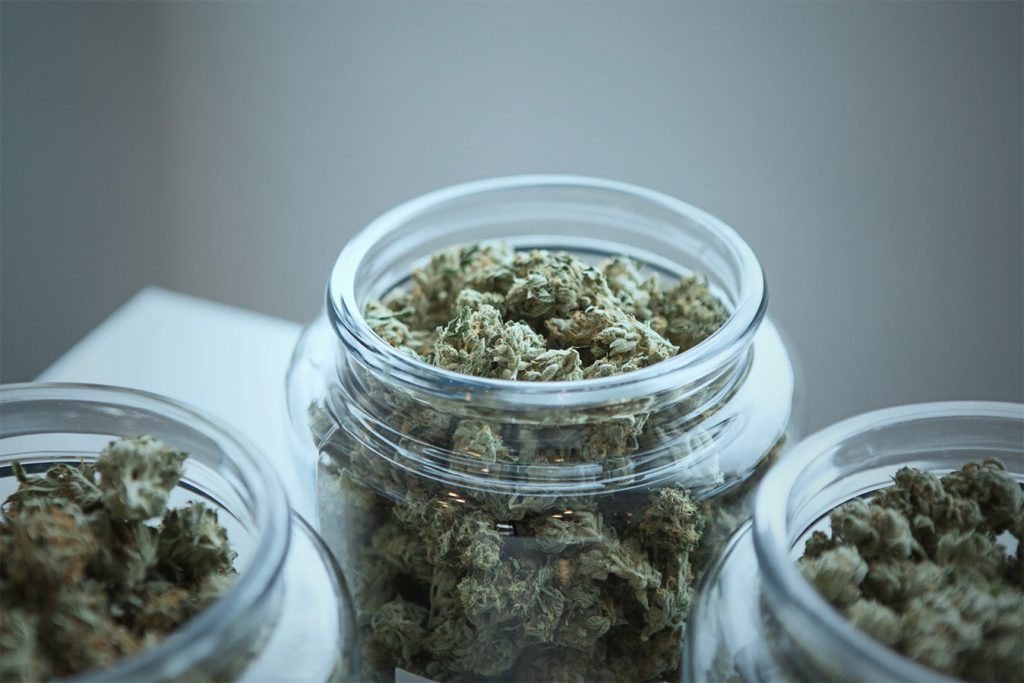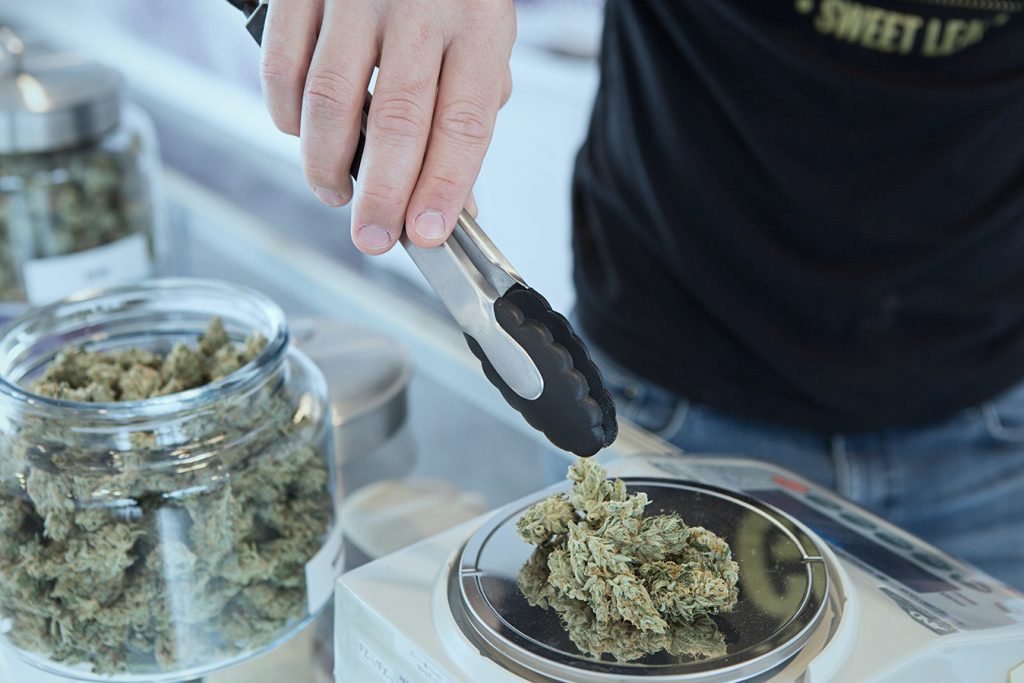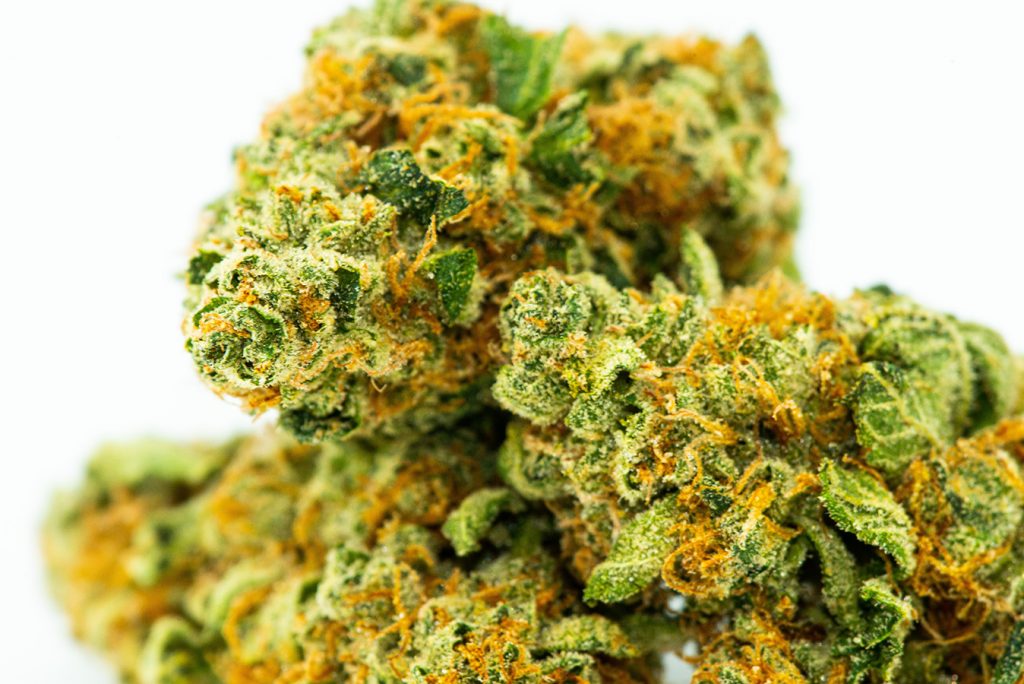Cannabis smokers have always been a creative lot. Take for example, all the terms we have for dating Mary Jane (oops, there’s another one): bake, toke, hit the hippie lettuce, rip, get irie, bug out, and many, many more. But recently, a new term—dabbing—has been growing in popularity as cannabis aficionados discover its benefits. Dabbing involves vaporizing cannabis concentrates, so, while it’s similar to smoking the traditional spliff, it’s also very different. It’s these cannabis concentrates that we’ve come here to talk about today and we’ll be focusing on one in particular: cannabis wax (or just “wax”). Let’s start from the beginning.
What is cannabis wax?
Cannabis wax is a form of hash oil concentrate (or just “concentrate”) often produced using a process known as butane hash oil extraction. If those terms are foreign to you, don’t worry. We’ll explain them in the next section.
For now, it’s enough to know that marijuana wax got its name because, in its final form, it looks like earwax or, more appetizingly, thick honey. Now before you get grossed out by its appearance, look back at the first sentence in this section. Notice that wax is a concentrate. What does that mean? It means that wax contains more THC than your traditional marijuana (sometimes 80% or more). Are you starting to see the appeal?
But how is cannabis wax made and how does it get to be so potent? Here’s how.
Butane extraction: the process
Cannabis wax is most commonly made through a process known as butane extraction. Traditional marijuana buds are packed into a tube or pipe and then butane—more commonly known as lighter fluid—is forced through the contents. Thanks to some really complicated and technical sciencey stuff that we don’t need to be concerned with, the butane bonds with the THC in the buds and essentially pulls it from the plants. The butane is then allowed to evaporate and the resulting concentrate is an oily substance aptly called butane hash oil.
If the process of creating butane hash oil is still a bit hazy (pun intended), think about it in another, more familiar way. If marijuana buds were sugar, butane extraction would be like boiling sugar water until it becomes thick. The resulting substance—caramel—is a much sweeter form of the sugar you started with because all the “extra stuff” has been removed (through the boiling) leaving only the sweetness behind. That’s butane extraction in a nutshell. The butane extraction is also why the concentrates are so much more potent than traditional marijuana: because the extraction process pulled out all the THC and left the “extra stuff” behind.
Once the extraction process is complete, the butane hash oil concentrate is then either hardened to form shatter or cooked a bit longer to form marijuana wax.
Now before you run out to buy some butane to make your own cannabis wax, be warned: butane extraction is a very dangerous process if not performed correctly. First of all, butane is a highly flammable substance that can explode if not handled properly. Second, butane vapors can collect at low levels (the floor) where you’re not likely to detect them until it’s too late. Add any kind of spark to this mix and you’ve got big problems. Third, butane vapor can be deadly if inhaled in high quantities so it’s important to work in a well-ventilated area.
Butane extraction is very similar to the process used to make methamphetamines (meth) and we’ve all seen the charred results on TV when that goes wrong (no more trailer!). Bottom line: Leave butane extraction to the experts and just enjoy the results.
Why is wax getting popular?
One word: Potency. As mentioned, THC percentages can reach as high as 80% (and sometimes higher). That’s more than three times higher than some of the strongest strains of traditional cannabis (at ~25% THC).
Dabbers testify to two distinct differences between dabbing and smoking: faster effect and more intense highs. Many report that the effects of dabbing are almost instantaneous and result in a much more intense high (both visually and physically).
Another reason it’s growing in popularity is because you don’t need much of it to get really high. Most dabs are less than the size of your pinky nail (picture a mini-chocolate chip) so you can get a pretty big bang with just a little bit of product.
Does wax cost more?
Yes. Because cannabis wax is processed more than traditional marijuana, it costs more than traditional marijuana. Traditional marijuana flower can cost between $15 and $20 USD per gram on the west coast while wax and other concentrates can cost between $70 and $100 for the same amount.
So while you may be paying more for the same amount, you’re getting a very high THC content and will need considerably less of the concentrate to get really high. It goes back to the old adage, you get what you pay for.
So to wax or not?
That is the question. Though it sounds like a rip-roaring good time, dabbing may not be for everyone. The best advice? Give it a try and see for yourself. Maybe you’ll decide to do the dab forevermore. Maybe you’ll stick with the spliff instead. Maybe you’ll mix and match as the mood hits. It’s entirely up to you.

